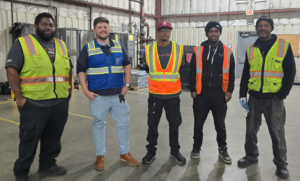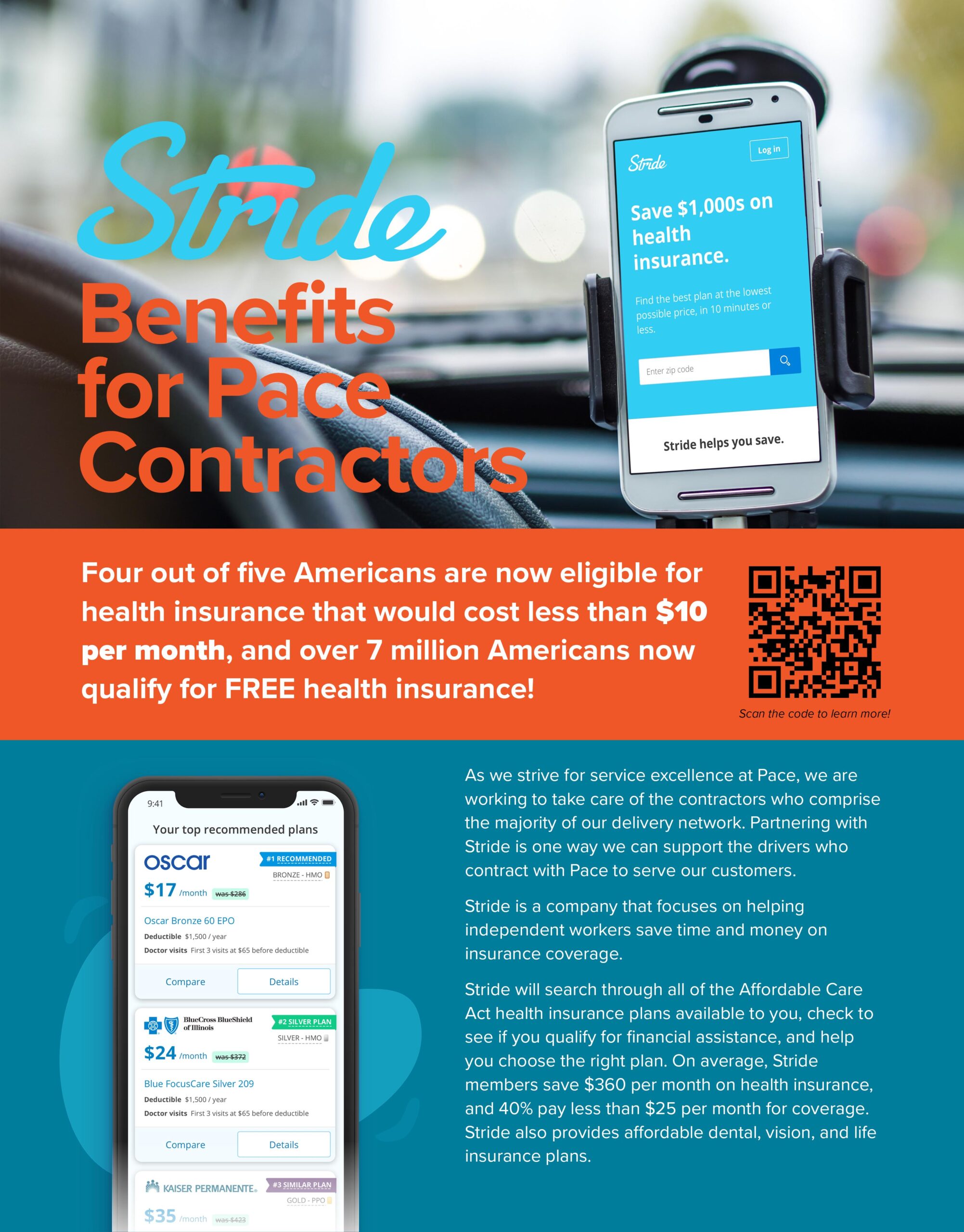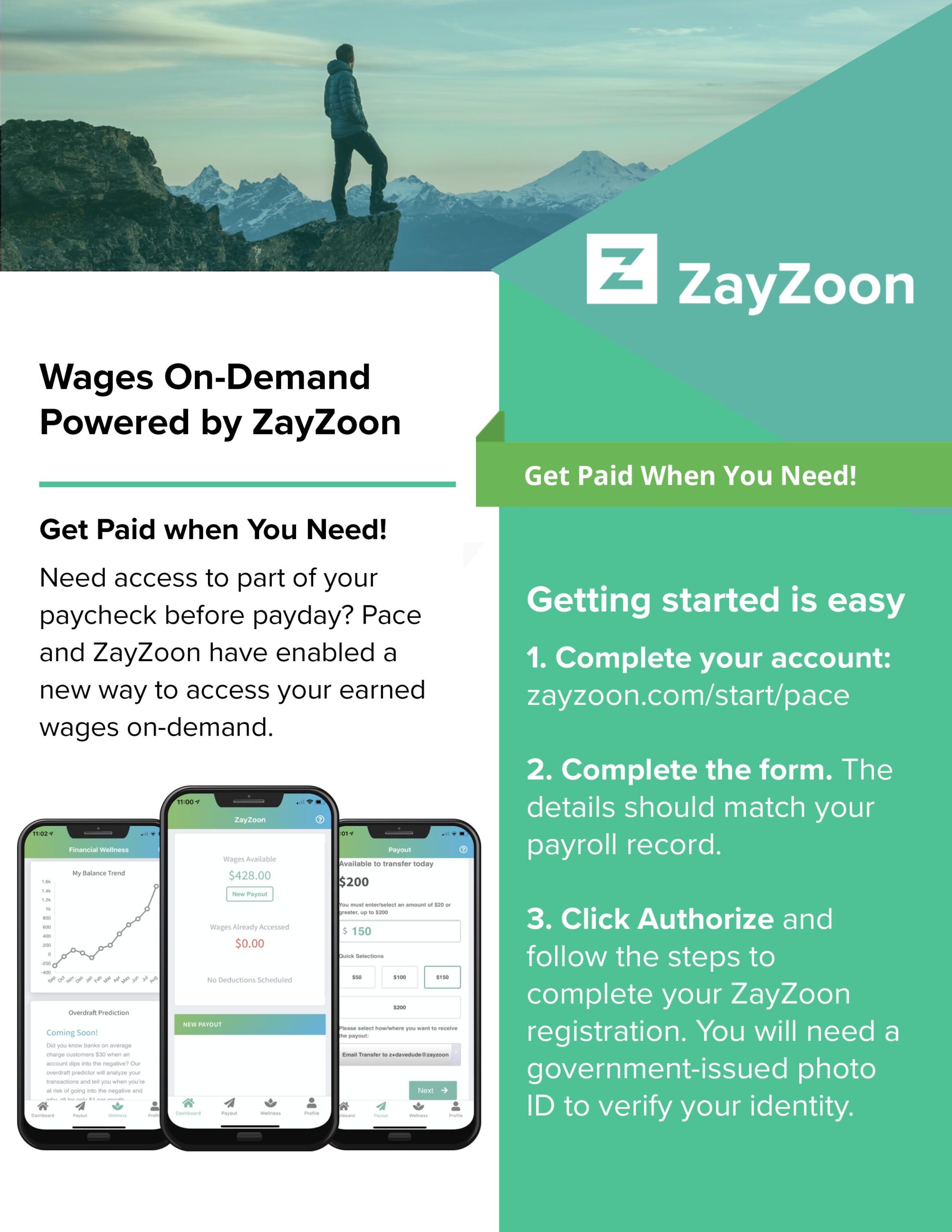Diversity and Inclusion Training at Pace
This week, the Pace team continued our commitment to Diversity and Inclusion Training (D&I Training) with a session on overcoming bias with Djoly Souffrant, Ph.D. This is the second diversity and inclusion training this year at Pace. The training focused on the definitions for and outcomes of bias and provided strategies for overcoming bias in our daily lives.

Representations of bias
Bias exists all around us. Take, for example, the field of logistics. Men comprise 85% of the entire workforce, while women make up just 3% of all truck drivers. On the other hand, women represent 87% of general administrative roles, 85% of accounting staff, and 61% of human resources. Many women are very satisfied with their individual roles in logistics, whether they represent one in the 85% of women who make up the accounting sector or one in the 3% of female truck drivers. However, a more evenly distributed gender representation in our field may be desirable. In fact, 33% of the 1.1 million people who would consider a career in logistics are, in fact, women. Statistically, women have less automobile accidents and incur a 25% lower cost per accident. So, what is bias exactly, and what does overcoming bias mean when put into practice?
Definitions of bias
Bias is a personal and sometimes unreasoned judgement. There are distinct types of bias, such as exclusion, explicit bias, and implicit bias. Affinity bias is when we favor people who are more like us. The halo effect is when we like someone, so we are convinced they are good, as if wearing a halo. Perception bias is when we form stereotypes and assumptions. Social comparison often plays out in the hiring process; it’s when you favor someone who may not be in competition with you. Another common type of bias is the bias blind spot. This blind spot is when we see ourselves as less biased than others. There are many iterations of bias. Taking the first steps toward overcoming bias with proven strategies can make a lasting positive impact in your daily life and in the workplace.
Bias in the workplace
Bias in the workplace can affect everything from interviews, hiring decisions, and promotions to the customers we serve. It certainly can affect how we interact with the Pace teammates around us. There are several typical outcomes of bias in the workplace, including:
- Employees in the out-group needing to achieve a higher performance than the in-group.
- Employees in the out-group commonly conforming or hiding their differences – or portraying the in-group to fit in.
- Employees in the out-group discovering minimal access to organizational networks, limiting their professional advancement opportunities.
Bias and stress
You may not be surprised to hear that our biases often come into play when we are stressed. They are busiest at work when we feel the heat of competition and pressure or when we are in a hurry and multi-tasking. In a 2016 publication in ScienceDirect, entitled “Stress potentiates decision biases: A stress induced deliberation-to-intuition (SIDI) model”, Rongjun Yu demonstrates how “studies have shown that when stressed, individuals tend to make more habitual responses than goal-directed choices, be less likely to adjust their initial judgment, and rely more on gut feelings in social situations.” When we are stressed, we fall back on old habit, which may lean toward bias. Being aware of high-stress moments may help us stop, slow down, and recognize our inclination towards bias. We can then, start overcoming bias by asking the following questions:
- What are my assumptions in this situation?
- What data can me help arrive at my conclusions?
- What other opinions or sources should I consider?
During the this week’s training session, Pace’s Executive Leadership Team (CEO Matt Lawrence, COO Casey Crook, and Chief Financial and Administrative Officer Steven Miller) participated in a panel discussion. During this panel discussion, two essential questions were explored openly.
- When did you first realize that people of color were not treated equally and how did you personally grapple with it?
- As executive leaders, how have you spoken up to ensure advocacy and equity, and why is it important to you personally?
Perhaps you’re also reflecting on your first experience as a person of color or witnessing a person of color not being treated equally. Maybe you are considering what you already do or can do going forward to ensure advocacy and equity in your workplace and in your personal life. Taking the time to reflect on these questions opens the door for more intention, learning, and growth towards overcoming bias and nurturing diversity and inclusion.
Overcoming bias
Overcoming bias does take intention. It also requires time, structure and purpose, support, and even more time. On an individual level, we can get started by identifying our own biases. Harvard’s Project Implicit has an Implicit Assumption Test that helps identify biases and implicit assumptions according to gender, age, sexuality, religion, skin tone, weight, and disability. We can also work on building genuine relationships with those around us. At Pace, we can focus on our shared vision for diversity and inclusion in the workplace.
Organizationally, standardized processes for everything from recruiting to employee feedback are recommended. Additionally, companies benefit from compliance training and anti-harassment education. Working together towards a more diverse and inclusive workplace depends upon our ability to identify our biases and take the necessary steps to chip away at them.











